
Scattered across the U.S. are places where the natural order flips—where humans step back and animals take charge. These regions carry strange histories, untamed beauty, and often, a touch of the eerie. Wildlife thrives in isolation, adapting to terrains shaped by a forgotten time. Here are 10 wild zones where animals rule unchallenged.
Plum Island, New York
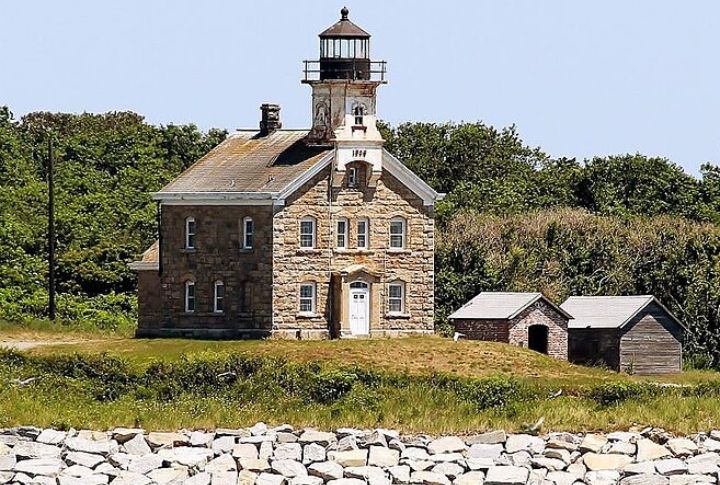
Long shrouded in secrecy due to its animal disease research center, Plum Island has fueled rumors of bizarre hybrids. Though off-limits to the public, it’s a haven for over 200 bird species and protected marine life. Plans are underway to turn it into a permanent wildlife refuge.
Cat Island, Mississippi
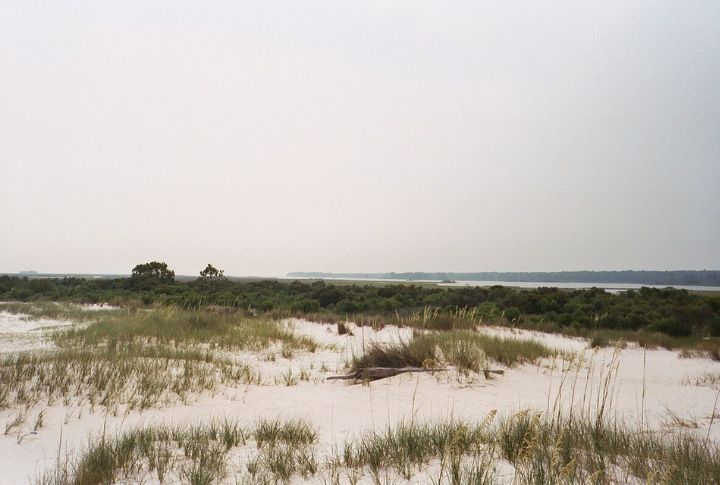
Uninhabited and difficult to reach, Cat Island earned its name from raccoons mistaken for cats by early explorers. It’s now dominated by raccoons, alligators, and migratory birds. The dense marshes and collapsing structures add to its eerie atmosphere. Hurricane Katrina split the area in half and permanently altered its wild ecosystem.
San Juan Islands, Washington
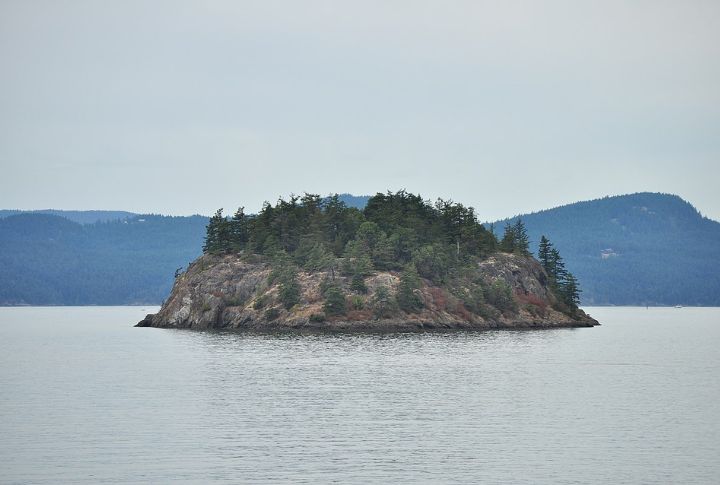
Here, orcas are the undisputed rulers of the sea. The waters around these isles are a vital habitat for the nearly extinct Southern Resident killer whales. Bald eagles and sea lions flourish across the rugged terrain. The San Juan Islands are top-rated for seeing whales from coastal vantage points.
St. Vincent Island, Florida
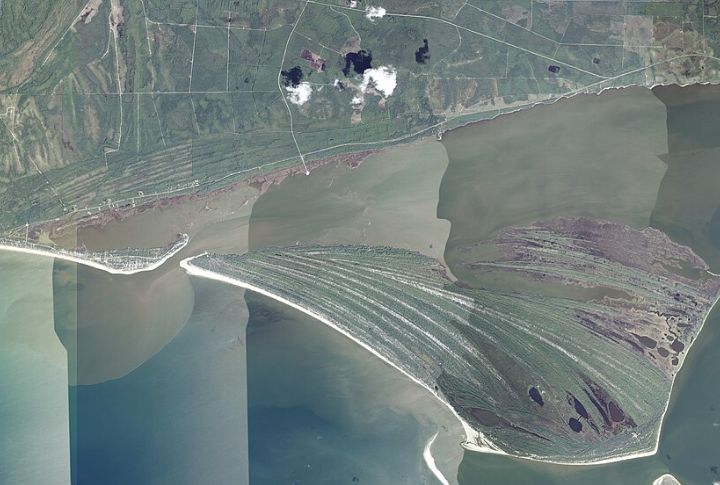
Accessible only by boat, this barrier landform is home to exotic sambar deer introduced in the 1900s. The area also supports red wolves, sea turtles, and hundreds of bird species. Its isolated population of endangered red wolves is carefully monitored. Managed as a National Wildlife Refuge, it remains nearly untouched by development.
Chincoteague And Assateague Islands, Virginia/Maryland
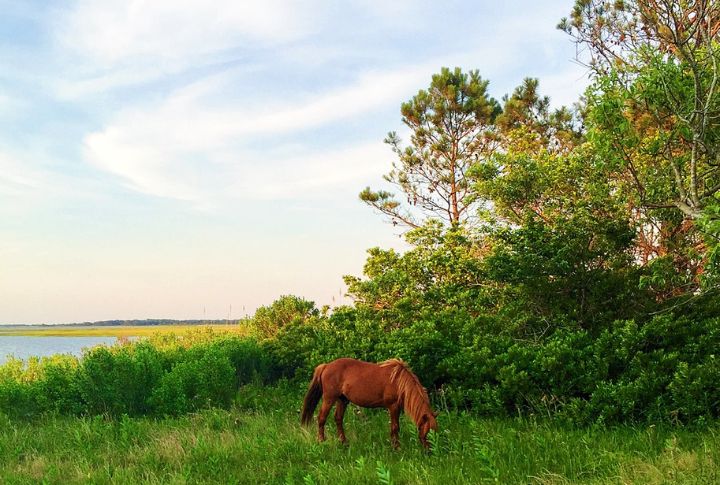
Wild horses roam the beaches and marshes of these sister islands. Believed to descend from Spanish shipwreck survivors, the ponies split into two herds—one managed by the U.S. Park Service, the other by the Chincoteague Volunteer Fire Company. The annual pony swim attracts thousands, but the animals remain wild and free.
Channel Islands, California

Dubbed “North America’s Galapagos,” these remote islands harbor unique species found nowhere else. Once nearly extinct, island foxes have rebounded due to intense conservation efforts. Giant seabird colonies thrive on the cliffs. This isolated ecosystem allowed dwarf mammoths to evolve here in the past; fossils were unearthed on Santa Rosa Island in 1994.
Okefenokee Swamp, Georgia
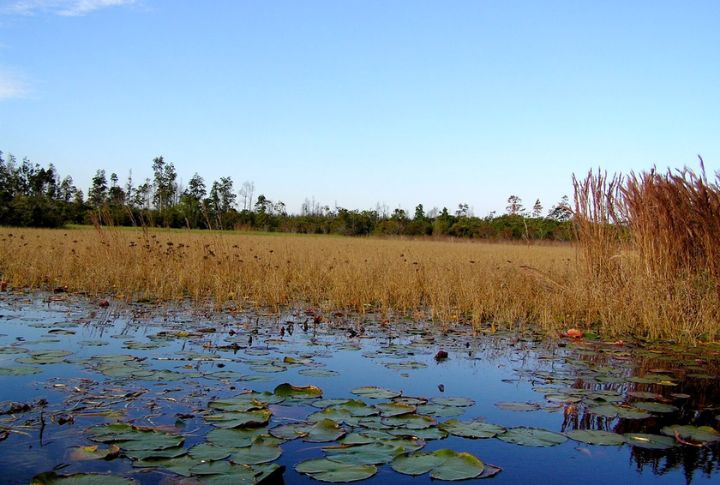
This vast peat swamp is a reptile stronghold, with tens of thousands of alligators patrolling its waters. As the largest blackwater swamp in North America, it spans 438,000 acres and emits ghostly lights known as “will-o’-the-wisps.” Black bears, sandhill cranes, and carnivorous plants flourish in its shadowy, acidic wetlands.
Tangier Island, Virginia
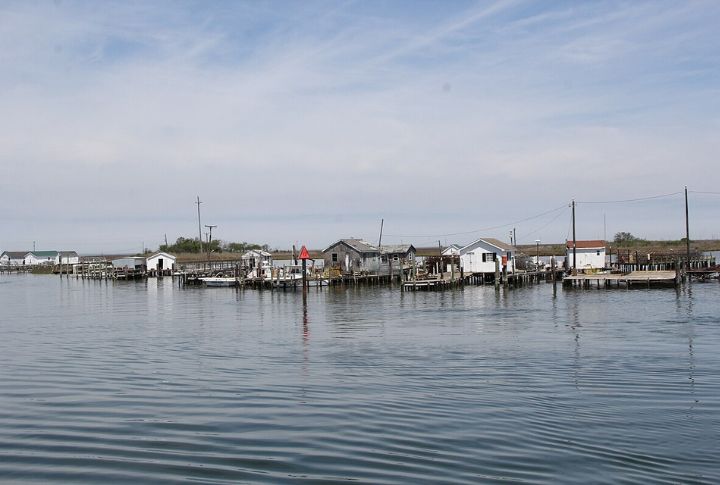
While Tangier Island is often noted for its shrinking human population, its marshlands are alive with bird activity. The island serves as a key stopover for migrating shorebirds and hosts nesting colonies of terns and herons. With rising seas already swallowing two nearby islands, wildlife biologists now use Tangier to track habitat loss in one of the East Coast’s most at-risk ecosystems.
Mount St. Helens Blast Zone, Washington
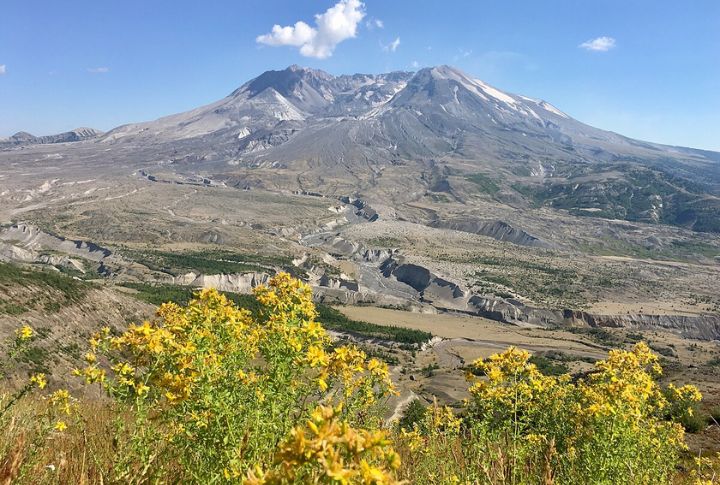
After the 1980 eruption, scientists expected lifelessness, but animals returned with eerie speed. Pocket gophers survived underground, aiding in soil regeneration. Amphibians and birds have since recolonized the volcanic wasteland, and elk herds often roam freely across the ashy plains and crater rim. Today, it serves as a living lab for how ecosystems recover.
Vieques National Wildlife Refuge, Puerto Rico (U.S. Territory)
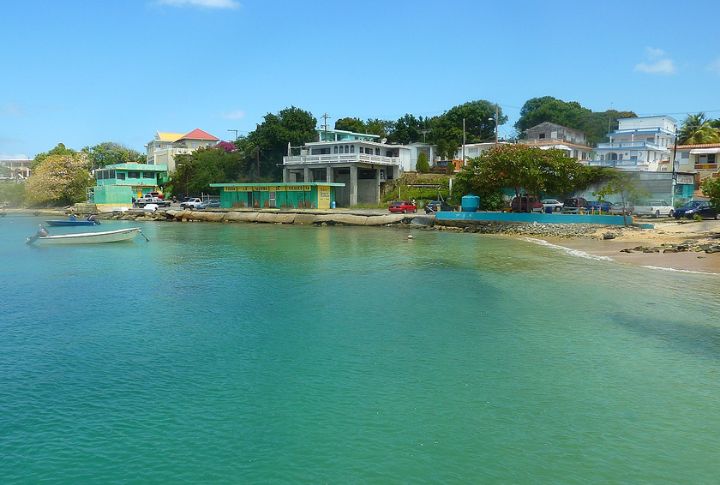
Once a U.S. Navy firing range, Vieques has blossomed into a vibrant haven filled with wild horses and native wildlife. Its famous Mosquito Bay glows at night thanks to tiny bioluminescent dinoflagellates. Leatherback turtles nest along its shores, while iguanas lounge on the crumbling remains of military structures. The island’s horses still roam freely and untamed.
